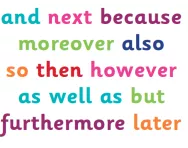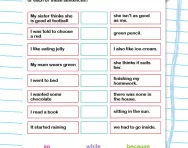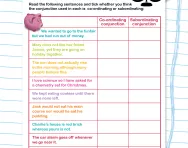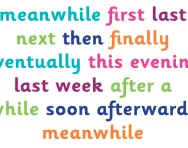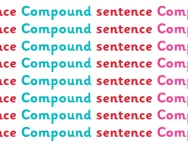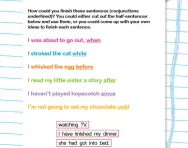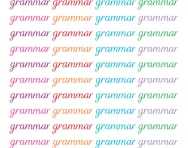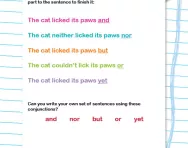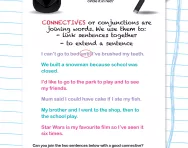Important update from TheSchoolRun
For the past 13 years, TheSchoolRun has been run by a small team of mums working from home, dedicated to providing quality educational resources to primary school parents. Unfortunately, rising supplier costs and falling revenue have made it impossible for us to continue operating, and we’ve had to make the difficult decision to close. The good news: We’ve arranged for another educational provider to take over many of our resources. These will be hosted on a new portal, where the content will be updated and expanded to support your child’s learning.
What this means for subscribers:
- Your subscription is still active, and for now, you can keep using the website as normal — just log in with your usual details to access all our articles and resources*.
- In a few months, all resources will move to the new portal. You’ll continue to have access there until your subscription ends. We’ll send you full details nearer the time.
- As a thank you for your support, we’ll also be sending you 16 primary school eBooks (worth £108.84) to download and keep.
A few changes to be aware of:
- The Learning Journey weekly email has ended, but your child’s plan will still be updated on your dashboard each Monday. Just log in to see the recommended worksheets.
- The 11+ weekly emails have now ended. We sent you all the remaining emails in the series at the end of March — please check your inbox (and spam folder) if you haven’t seen them. You can also follow the full programme here: 11+ Learning Journey.
If you have any questions, please contact us at [email protected]. Thank you for being part of our journey it’s been a privilege to support your family’s learning.
*If you need to reset your password, it will still work as usual. Please check your spam folder if the reset email doesn’t appear in your inbox.
What is a conjunction?
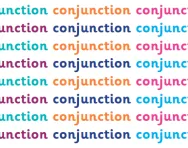
What is a conjunction?
A conjunction is a type of connective ('connective' is an umbrella term for any word that connects bits of text together). Specifically, a conjunction connects two clauses in a sentence.
What are co-ordinating conjunctions?
We use co-ordinating or correlative conjunctions to join two parts of a sentence that are of equal weight or importance.
All these words are co-ordinating conjunctions:
- and
- but
- or
- nor
- yet
- so
Here are some example sentences using each one:
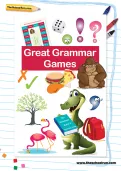
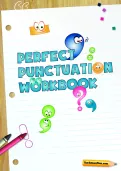
Download Fantastic FREE Grammar Resources!
- Perfect Punctuation Workbook
- Great Grammar Games Pack
- PLUS 100s of other grammar resources
What are subordinating conjunctions?
A subordinating conjunction introduces a subordinate clause (a clause that does not make sense on its own), for example:
Subordinating conjunctions include:
- after
- because
- if
- since
- though
- unless
- until
- when
- where
- why
A conjunction does not have to appear in the middle of a sentence. Here are some examples of conjunctions at the start of sentences:
What are children taught about conjunctions at primary school?
In Year 1, children are taught to use the conjunction 'and' to join sentences. Often children of this age will write a series of simple sentences and teachers show them how to join them, for example:
In Year 2, children are encouraged to use co-ordinating and subordinating conjunctions (although the children would not be expected to use these terms). They are taught to subordinate using the conjunctions when, if, that, because. They are also taught to co-ordinate using the conjunctions and, or, but.
In Year 3, children are taught to use conjunctions such as when, before, after, while, so, because.
Children are then expected to continue to use co-ordinating and subordinating conjunctions throughout Key Stage 2. By Year 6 they should be able to tell you which conjunctions are co-ordinating and which are subordinating.
How is children's knowledge of conjunctions tested?
They may come across questions like these in the Year 6 Grammar, Punctuation and Spelling test:
Answer:
I am cooking dinner tonight and we are all going to sit at the table to eat it.
I will be upset if anybody says they don't like the food.
Although I don't want to be bossy, it would be helpful if you could all clear away at the end.
Answer:
In the sentence Brush your teeth before going to bed. the word before is a subordinating conjunction.
How do teachers teach children about conjunctions?
Teachers will use a number of methods to help children use more conjunctions in their writing:
- Verbal games, where a teacher calls out a sentence starter and children put up their hands to offer different ways of finishing the sentence. For example, the teacher might say: 'I'd like to get a dog, but...' and the children finish it with various clauses, such as 'it might tear up the furniture', 'I'm not allowed', 'the vet's bills are too expensive', 'I don't like going for walks'.
- When marking, teachers may underline two simple sentences and suggest the child rewrite them into one longer sentence using an appropriate conjunction.
- A teacher may give children one sentence starter with a variety of conjunctions. Children are expected to complete each sentence in a different way, according to the conjunction, for example:
- The cat yowled loudly because...
- The cat yowled loudly until...
- The cat yowled loudly but...
- The cat yowled loudly and...
- The cat yowled loudly when...
- Another exercise is to ask children to try to find sentences containing particular conjunctions in their reading book. They may then be asked to write out each sentence, highlighting the two clauses and the conjunction. They could then be asked whether they think each one is co-ordinating or subordinating.

